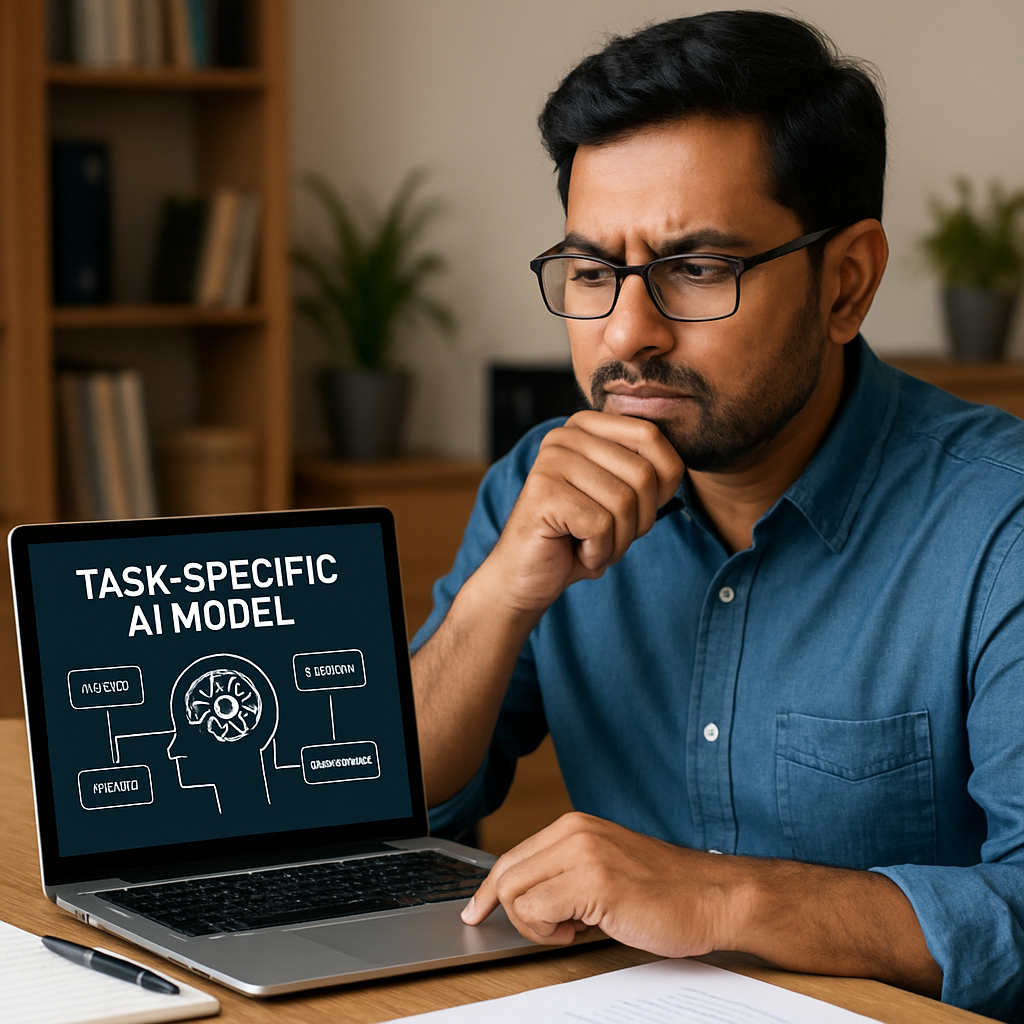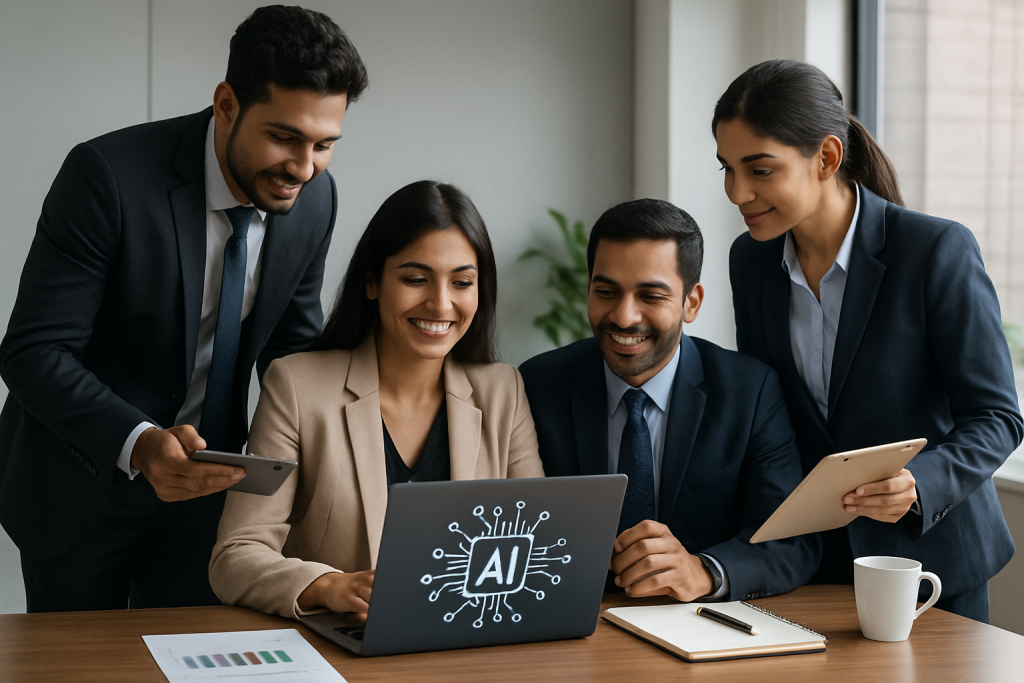India is experiencing unprecedented growth in its Artificial Intelligence sector. Prime Minister Modi’s visionary leadership drives the government to establish an expansive AI ecosystem with accessible computing power and research opportunities.
This initiative marks a dramatic shift. India moves beyond AI dominated by global tech giants. Local stakeholders—from students to startups—can now participate actively in this technological revolution.
Why It Matters Now
The government’s commitment shines through the IndiaAI Mission, launched in 2024 with a ₹10,300 crore budget. This mission prioritizes building an advanced computing facility featuring 18,693 Graphics Processing Units (GPUs).
This infrastructure will rank among the world’s largest. The capacity equals nearly nine times that of the open-source AI model DeepSeek. It represents about two-thirds of what ChatGPT operates on.
The initiative aims to create indigenous AI solutions tailored to Indian languages and contexts. This reduces reliance on imported technology while fostering homegrown innovation.
Strategic Advantage
India’s strategy includes making high-performance computing more affordable and accessible. An open GPU marketplace allows startups, researchers, and students to access essential resources at subsidized rates.
Researchers and startups can access GPU power at ₹100 per hour. This compares to the global cost of $2.5 to $3 per hour—a massive cost advantage.
The country plans to develop its own GPU within three to five years. This provides strategic advantage in technology independence and reduces foreign dependency.
Five semiconductor plants are currently under construction. These developments will support AI innovation while reinforcing India’s position in the global electronics sector.
Market Impact
The AI initiatives extend beyond infrastructure into several key sectors. The IndiaAI Dataset Platform provides open access to large, high-quality, non-personal datasets.
This platform houses the largest collection of anonymized data globally. It empowers innovators to reduce biases and improve AI accuracy in agriculture, weather forecasting, and traffic management.
India’s foundational AI models show remarkable progress. Sarvam-1 AI Model supports ten major Indian languages with 2 billion parameters. BharatGen represents the world’s first government-funded multimodal LLM initiative.
Digital India BHASHINI enables easy internet access in Indian languages. The platform supports voice-based access and content creation in regional languages.
Global Recognition and Talent Leadership
India ranks first globally in AI skill penetration with a score of 2.8, ahead of the United States (2.2) and Germany (1.9). AI talent concentration has grown by 263% since 2016.
The country leads in AI Skill Penetration for Women with a score of 1.7, surpassing the United States (1.2) and Israel (0.9).
India hosts 16% of the world’s AI talent. The AI-skilled workforce increased 14-fold from 2016 to 2023. Demand for AI professionals is projected to reach 1 million by 2026.
What Business Leaders Should Know
Business leaders globally should note India’s AI transformation creates a level playing field. The establishment of Centres of Excellence in Healthcare, Agriculture, and Sustainable Cities demonstrates commitment.
Public and private partnerships support these centers. Budget 2025 announced a new Centre of Excellence for AI in education with ₹500 crore outlay.
80% of Indian companies consider AI a core strategic priority, surpassing the global average of 75%. Additionally, 69% plan to increase tech investments in 2025, with one-third allocating over USD 25 million to AI initiatives.
AI-driven technologies help small and medium businesses scale efficiently. 78% of Indian SMBs using AI reported revenue growth, while 93% stated AI contributed to increased revenues.
Risks and Considerations
Rapid AI development requires ongoing assessments to ensure ethical standards and reduce biases. The government invests in AI-driven safeguards rather than relying solely on legislation.
Top universities and IITs develop solutions for deep fakes, privacy risks, and cybersecurity threats. This techno-legal approach ensures AI remains a force for inclusive growth.
The projected increase in AI-skilled jobs demands sustained investment in AI education. Universities are revamping curricula to include AI, 5G, and semiconductor design aligned with the National Education Policy 2020.
India’s AI landscape is reshaping dramatically. By fostering innovation and self-reliance in AI, India strengthens its digital economy while positioning itself as a formidable player in the global AI market.
The country’s focus on making technology universally accessible propels it toward becoming a leading AI hub. This transformation shapes the future of digital innovation worldwide, creating opportunities for businesses and professionals across all sectors.


